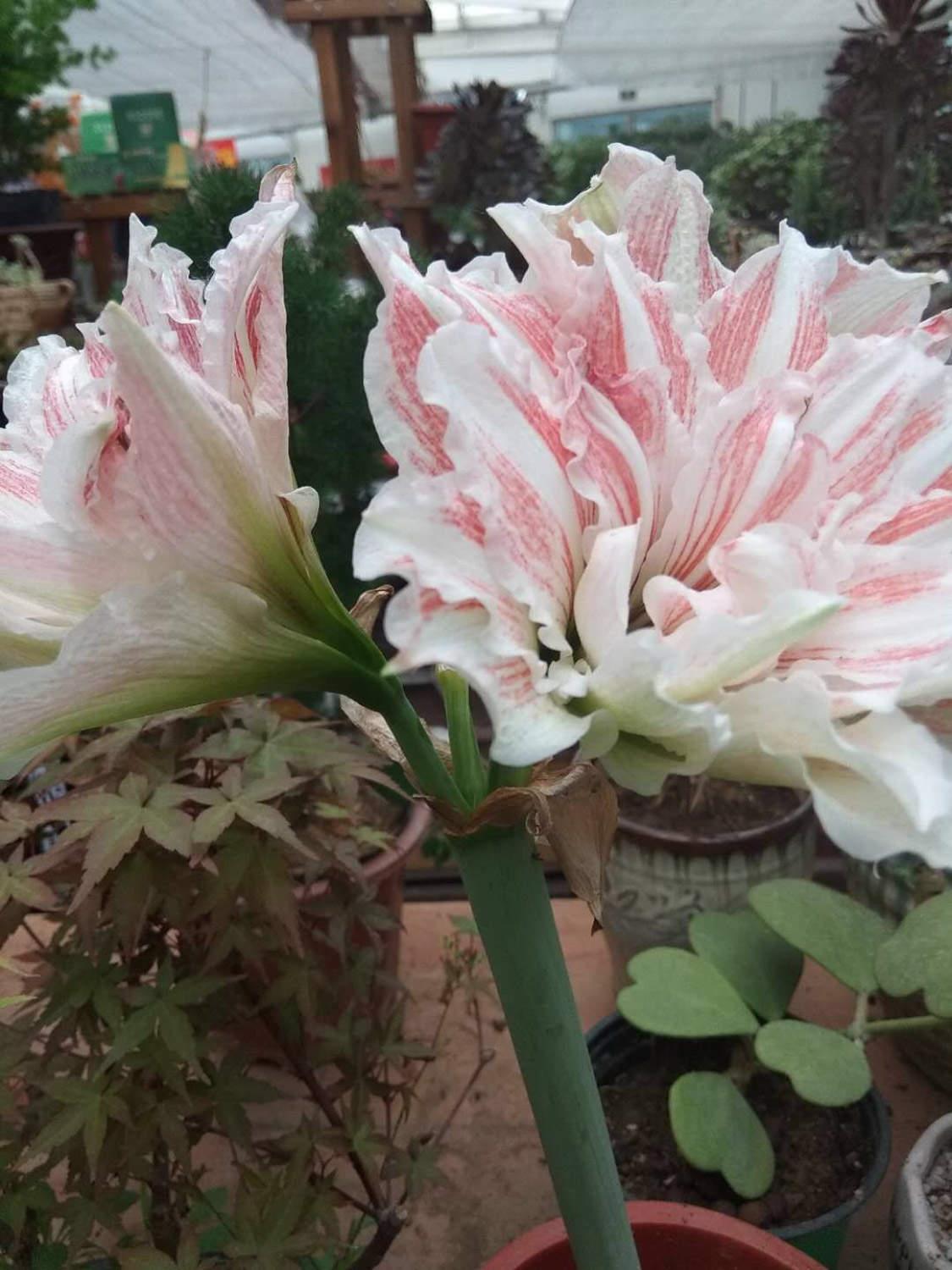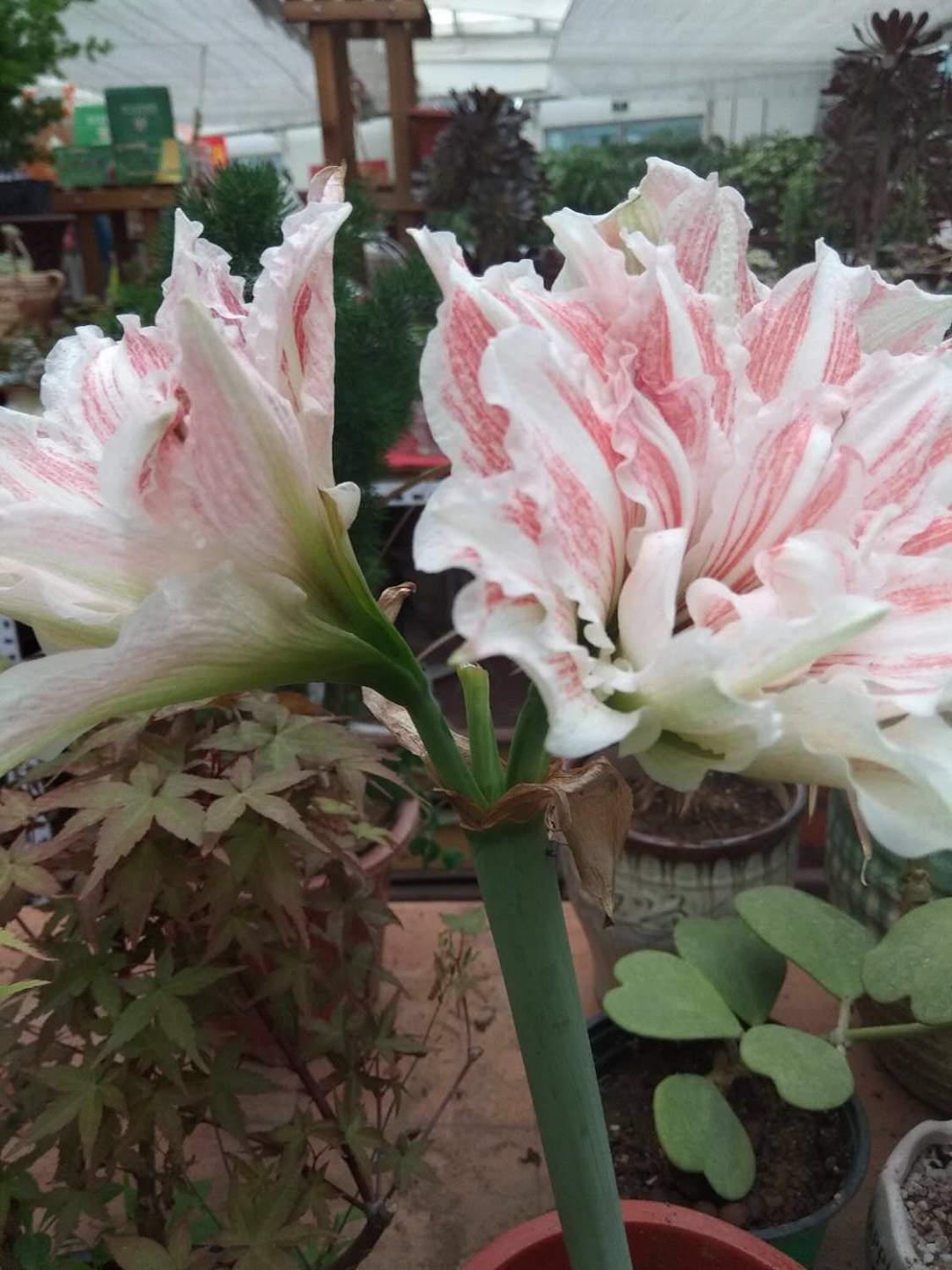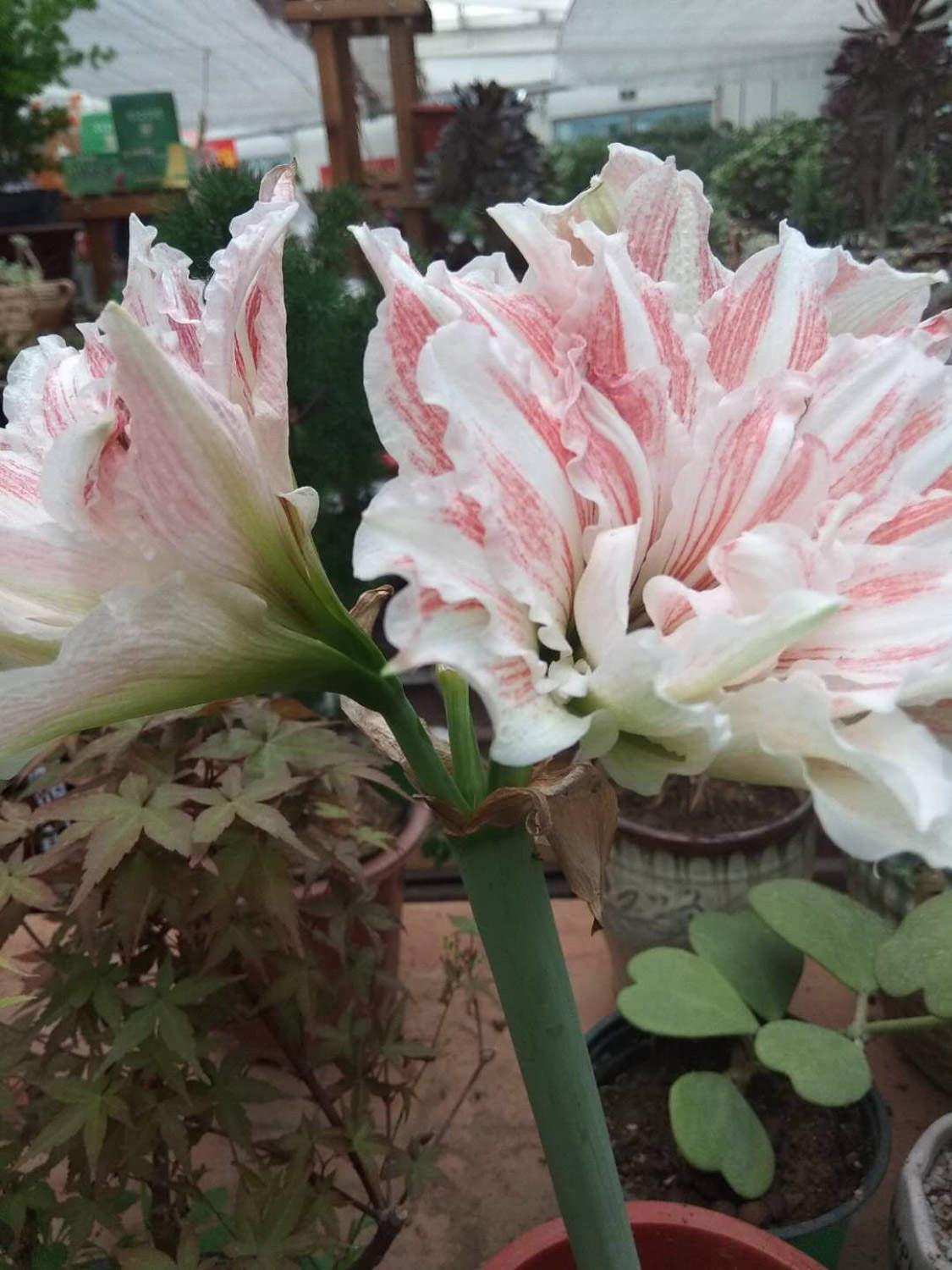Don’t mistake amaryllis for amaryllis anymore
Last Update :2024.11.12
Article Catalog
Agapanthus belongs to the amaryllis species in the family Amaryllis. Agapanthus belongs to the family Amaryllidaceae. Therefore, when searching for agapanthus on Baidu, the entry content of amaryllis often pops up. However, these are two different plant, don’t misunderstand it again!

Introduction to Agapanthus
Agapanthus africanus, also known as purple clivia, blue-flowered clivia and African lily, is native to South Africa. It is a plant in the Liliaceae family, and is also classified by plant taxonomists into the Amaryllidaceae family, and also in the Agapanthaceae family. Some people think that there is only one species of Agapanthus in this genus, with about 10 varieties. It is also believed that there are 9 species. The underground part of Agapanthus has short rhizome and fleshy roots, and the scape is in the form of a terminal umbel with 10-30 flowers. The multi-flowered variant (var. giganteus) has an inflorescence with 120-200 flowers. The flowers are bright blue, and there are white, dark blue, pink and purple varieties.

Introduction to Zhu Dinghong
The genus name Hippeastrum of amaryllis is a compound word of hippeos (hippeos) and astron (star) in Greek. It means that the leaves of the plant are arranged in two rows, like a saddle, and the scape is like a knight riding a saddle horse. The Chinese nickname Huazhoulan probably also comes from this. "Hua" is the helmet worn by ancient warriors in battle. The earliest description of amaryllis cultivation in my country can be found in my country's first "Flower and Horticulture" compiled by Mr. Zhang Junyu in 1933, in which Huazhoulan was mentioned for the first time.
After Amaryllis was discovered in Central and South America in the 18th century, it was gradually introduced to Europe. There are currently 75 species of Amaryllis known, most of which are found in the forests of the Andes Mountains of South America. Hippeastrum short-barrel (also known as Queen's Hippeastrum H. reginae), first discovered in Mexico and the West Indies in 1725, was introduced to Europe. It is a model species for amaryllis cultivation, and now there are many horticultural hybrids. Later, in 1769, the flower amaryllis (H. vittatum) originating from Tilu was discovered, in 1777, the reticulated amaryllis (H. reticutatum) originating from Brazil, in 1821, the amaryllis scarlet (H. rutium) originating from Brazil, and in 1840. H. pratense, native to Chile, and others have entered Europe one after another. Japan introduced Amaryllis short-barrel during the Honghua period (1844-1847). The earliest record of the introduction of Amaryllis short-barrel in Taiwan was in 1911.
The flower stems of amaryllis are hollow, with 2-6 flowers in umbels, usually 4. The stigma of the style is divided into three lobes, and the flowers are magenta.

Why are Agapanthus and Amaryllis confused?
Amaryllis is also known as Agapanthus, so the entries will be confused. But remember, agapanthus belongs to the genus Agapanthus and amaryllis belongs to the genus Amaryllis, and they are very easy to distinguish from the color of the flowers. Agapanthus flowers come in white, pink, purple, etc., while amaryllis is red as the name suggests.
After the above introduction, I hope that next time you search for Agapanthus, if Amaryllis appears again, please ignore it... Flower friends should also pay attention when buying flowers. Some merchants label amaryllis as Agapanthus. Lotus, if you want to buy agapanthus, you must ask the merchant for accurate information.


- END -
Where does watermelon grow? Where does watermelon originate?

Watermelons grow on the ground. When it matures, it will become larger and heavier...
Common summer dormant flowers

Many plants in nature have a dormant period, which is their automatic defense func...